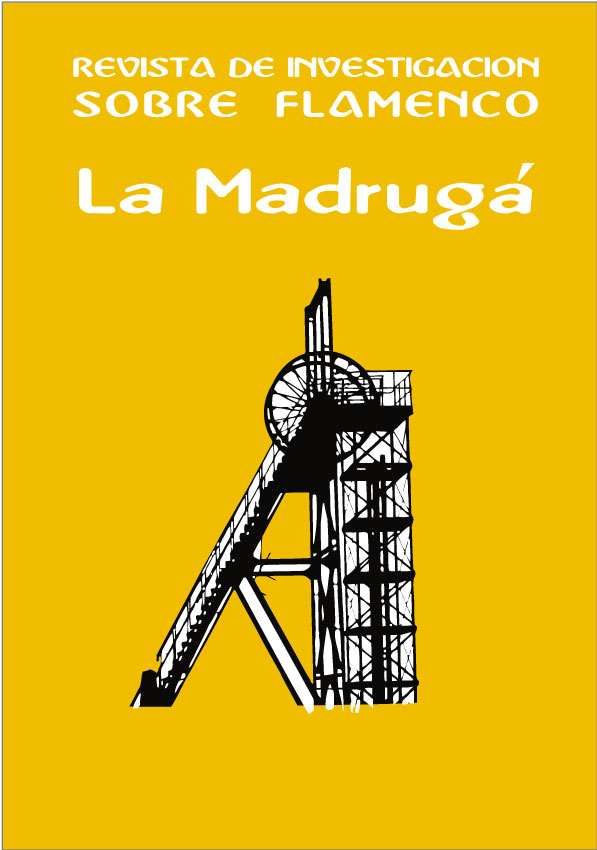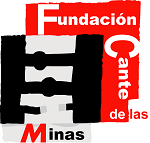La Didáctica del flamenco: una aproximación a su historia y algunas propuestas de trabajo
Abstract
The contribution that I am going to develop on these pages, will be about different aspects of the subject. On the one hand I will concentrate in setting out two directions of the Didactics of Flamenco. Today the “didactic” term is used whether we talk about the didactics we use to teach the flamenco art in any of its three facets (singing, guitar-playing and dancing), or allude to the inclusion of the flamenco art in de classrooms at any educative level. First of all I will try to clarify these two ways of considering the subject, proposing the second one like the most suitable to spread Flamenco art to most of the population.I will continue, giving you my annotations on the initiatives that the teaching staff has developed on including flamenco art in the classrooms. I could not forget to give the broad outlines of the way educative administration contemplates the fact of including the flamenco art in the classrooms and in which levels and subjects, it could be taught.
Finally, I will concentrate on describing briefly my contributions for the last twenty years in order to help to make “the flamenco art in school” successful: production of materials, courses, coordination of projects, etc. I will pause in the didactic units that I have published and are at the disposal of the teaching staff at the moment.
Downloads
-
Abstract1937
-
PDF (Español (España))2345
Las obras que se publican en esta revista están sujetas a los siguientes términos:
1. El Servicio de Publicaciones de la Universidad de Murcia (la editorial) conserva los derechos patrimoniales (copyright) de las obras publicadas, y favorece y permite la reutilización de las mismas bajo la licencia de uso indicada en el punto 2.
2. Las obras se publican en la edición electrónica de la revista bajo una licencia Creative Commons Reconocimiento-NoComercial-SinObraDerivada 3.0 España (texto legal). Se pueden copiar, usar, difundir, transmitir y exponer públicamente, siempre que: i) se cite la autoría y la fuente original de su publicación (revista, editorial y URL de la obra); ii) no se usen para fines comerciales; iii) se mencione la existencia y especificaciones de esta licencia de uso.
3. Condiciones de auto-archivo. Se permite y se anima a los autores a difundir electrónicamente las versiones pre-print (versión antes de ser evaluada) y/o post-print (versión evaluada y aceptada para su publicación) de sus obras antes de su publicación, ya que favorece su circulación y difusión más temprana y con ello un posible aumento en su citación y alcance entre la comunidad académica. Color RoMEO: verde.









